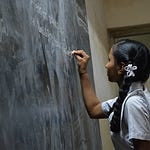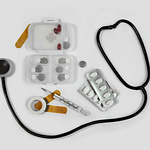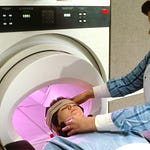Capturing the phenomena of poverty through single metrics is a challenging task. Measuring poverty involves various complex issues such as strong sentiments and political concerns expressed by citizens.
One simple way to define poverty is the lack of income to meet basic needs such as food, clothing and shelter. This narrow view of poverty is based on physiological needs. The broad view of poverty as defined based on Maslow‘s hierarchy of needs covers the following kinds of human needs.
Physiological needs: It includes air, water, food, clothing, and shelter.
Safety includes security from war, criminal violence, family violence, and child abuse.
Love/belonging Love/belonging includes friendship, intimacy, family, etc.
Esteem includes the need to be respected, accepted, valued by others, status, recognition, fame, prestige, and attention. It also includes the need for self-respect.
Self Actualization Self-actualization needs include the need to realize one’s own potential.
Sometimes, one need emerges when the one before it is fully satisfied.
Poverty Line
The Poverty Line is the metrics commonly used to measure poverty. It is the threshold level of income required to meet the basic needs of food, shelter and clothing.
The poverty line is usually calculated by finding the total cost of all the essential resources that an average human adult consumes in one year. The largest of these expenses is typically the rent required to live in an apartment. Individual factors are often used to account for various circumstances, such as whether one is a parent, elderly, a child, married, etc. The poverty threshold may be adjusted annually.
For example, as specified by the World Bank, the international poverty line is an income of 1.90 USD per day.
Multidimensional poverty Index
Multidimensional Poverty Index is another measure of poverty that the UN uses. It is called the multidimensional poverty index (MPI). Persons are considered to suffer “multidimensional poverty” if at least 33% of the used indicators reflect “acute” deprivation. The indicators used for the composite MPI are as follows:
Health child mortality and nutrition,
Education (years of school and children enrolled, and
Living standards: Cooking fuel, toilet, water, electricity, floor, and assets.
The MPI is based on “microdata” from household surveys. Estimates of the number of people “living in poverty” can be higher if measured by the MPI measure than when only income is considered.
Measuring poverty through metrics helps us to find the causes and consequences of poverty—accurate estimates of poverty guide poverty elimination policies. Government and non-governmental agencies require estimates of poverty to implement welfare schemes and aid programs effectively.













Development Metrics-III (Podcast)